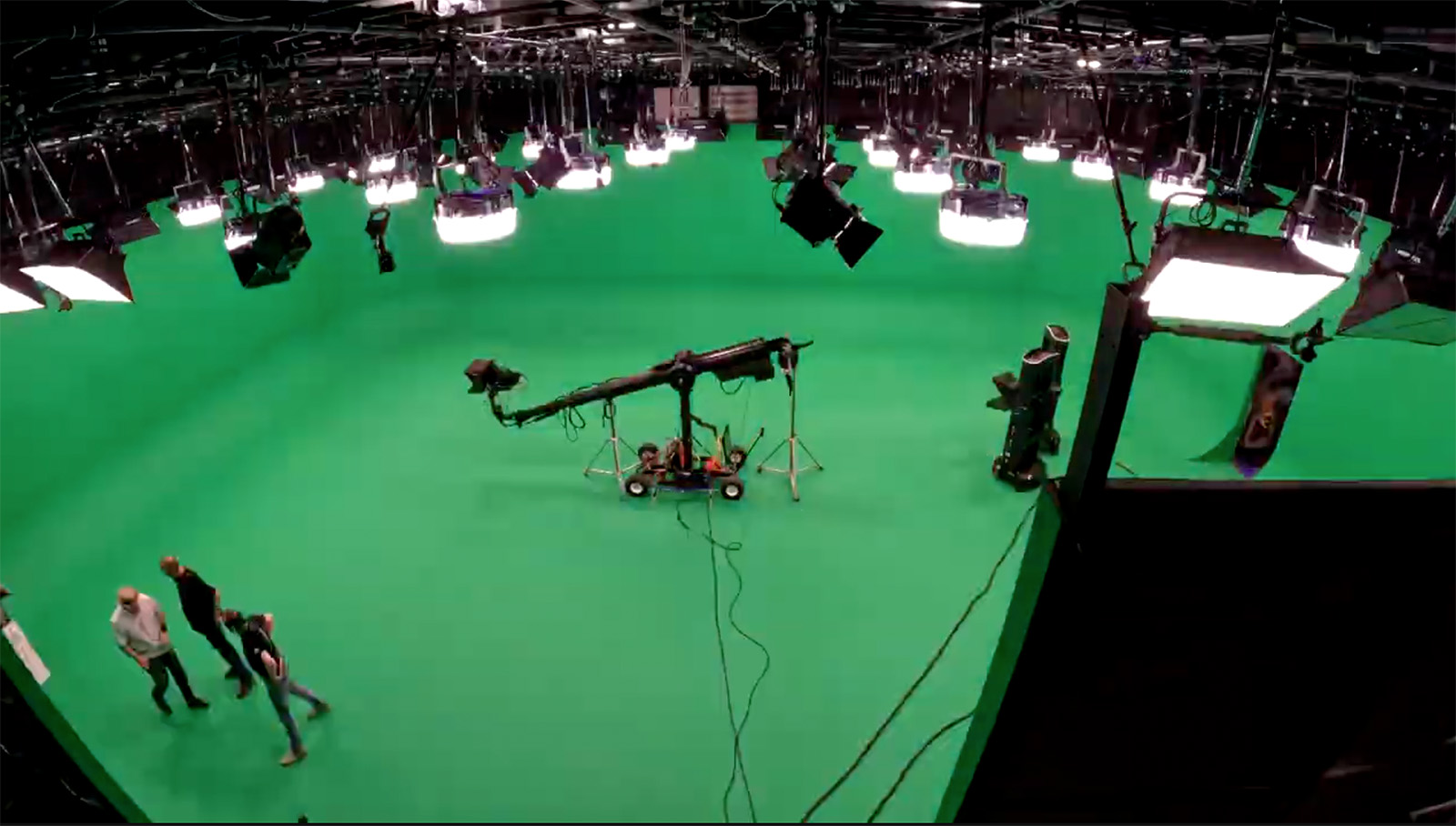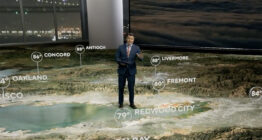CBS Los Angeles debuts immersive virtual studio for weather and sports coverage

Subscribe to NCS for the latest news, project case studies and product announcements in broadcast technology, creative design and engineering delivered to your inbox.
CBS Los Angeles has introduced a new virtual studio, joining other CBS Stations that have adopted the technology.
The facility debuted during the 9 a.m. newscast on June 11 with meteorologist Paul Deanno.
The 3,400-square-foot space measures 68 feet by 50 feet and is the largest augmented reality and virtual-enabled news studio among CBS-owned stations. It is the seventh virtual studio deployed by CBS and is designed to enhance the visual presentation of weather and sports coverage.
The virtual studio is located in the studio that formerly housed the main news set of KCBS, which was replaced in 2023 with the rebranding to KCAL News.
“CBS Los Angeles is proud to be the first in Southern California to bring this level of immersive storytelling to our viewers,” said Tim Wieland, regional president and general manager of CBS Los Angeles, noting the technology makes “complex information more accessible, engaging and visually compelling.”
CBS first introduced AR/VR capabilities at its Bay Area station, KPIX, and has since expanded the technology to stations in New York, Chicago, Philadelphia, Miami and Colorado.
“We began this journey two years ago with KPIX in the Bay Area, driven by a vision to invest in local journalism and deliver the news in ways that resonate with today’s audiences. Bringing this technology to the nation’s second-largest media market was a natural next step. This is about standing apart through innovation, and continuing to lead with purpose, creativity and cutting-edge storytelling,” said Jennifer Mitchell, president of CBS Stations.
Throughout the launch day, CBS Los Angeles is using the new studio to showcase immersive representations of weather patterns and sports analysis during its programming.
Technology-wise, the virtual environments are powered by Zero Density’s Reality solution with rendering from the Unreal Engine and camera tracking from Stype.
Subscribe to NCS for the latest news, project case studies and product announcements in broadcast technology, creative design and engineering delivered to your inbox.





tags
Augmented Reality for Broadcast, CBS O&O, CBS Stations, kcal, kcbs, los angeles, Zero Density
categories
Augmented Reality, Virtual Production and Virtual Sets, Featured, Virtual Sets